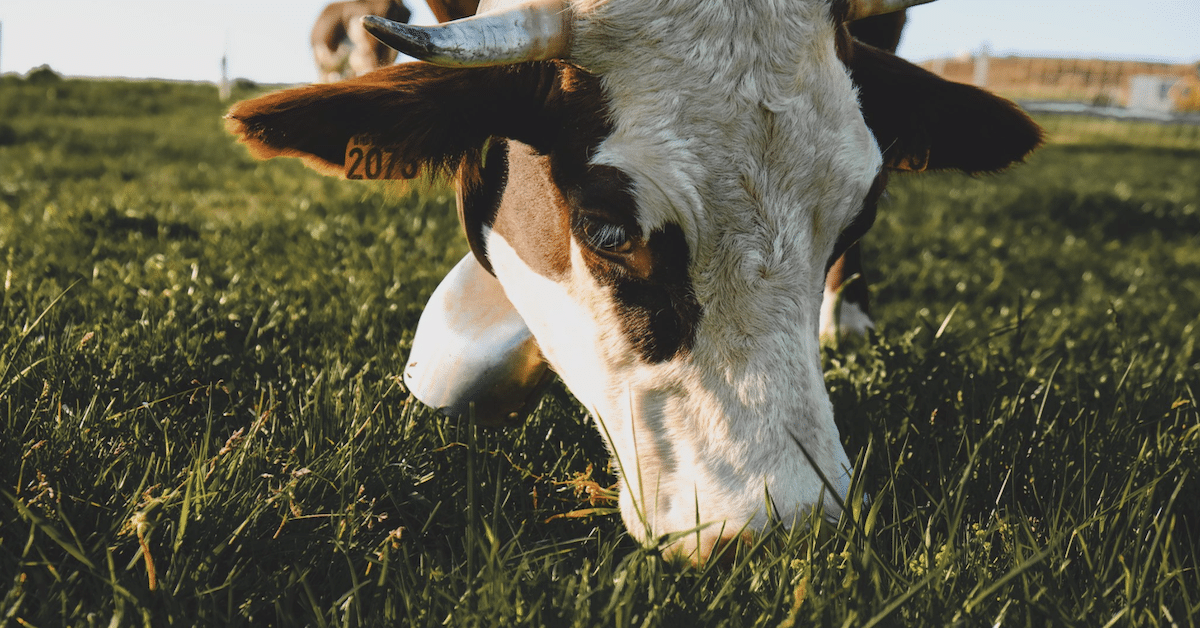Grazing is key to achieve emissions reduction objectives in the NECP but concrete implementation measures are still needed.
- Grazing is one the main levers to reduce GHG emissions of the agricultural sector in France.
- The current French NECP (National Low Carbon Strategy) includes grazing in one of its axes.
- Specific measures should be included such as making access to coupled aid for cattle conditional on the practice of grazing.

Agricultural production in France represents 20% of territorial emissions. This figure includes greenhouse gases related to livestock farming, nitrogen fertilizer spreading, greenhouses and farm machinery, emitted on French soil.
To reduce these emissions, grazing is identified as one of the key levers. Grazing can be defined as a method whereby domestic livestock are allowed outdoors to roam around and consume wild vegetation in order to convert the otherwise indigestible. Indeed, in addition to the fact that grasslands allow sequestering carbon in soils (if the grasslands are permanent) and offer places for biodiversity development, the development of grazing goes hand in hand with more extensive breeding, autonomous in the feeding of the animals, more sustainable and corresponding to smaller farms. Grasslands are also one of the main ways of improving the resilience of the sector by improving water retention in the soil and increasing evapotranspiration, which is even more pronounced when grasslands are associated with hedges, which is often the case.
The current French NECP (National Low Carbon Strategy) includes grazing in one its axes “Preserve permanent grasslands” which is very welcome. This is all the more important as the trend has been the loss of permanent grasslands on French soil for several years.
However, the current NECP does not provide more detail on that axis except to “preserve permanent grasslands”, with only one associated indicator “permanent grassland area”. It is very regrettable that nothing is planned to reach this objective.
To make grazing an actual operational lever for reducing the GHG emissions of the agricultural sector, the French revised NECP should provide for concrete implementation measures. For example, Réseau Action Climat France supported a specific measure to financially support cattle farms practicing grazing. The idea was to make access to coupled aid for cattle conditional on the practice of grazing. This proposal has not yet been accepted by French authorities. As a result, today a cattle farm, whether it grazes its animals or not, receives the same aid. We therefore ask that, beyond the objective set in the NECP to maintain permanent grasslands, concrete measures be adopted to ensure that this objective is achieved among which of them:
- sanctioning the turning over of grasslands,
- a better remuneration of farms practicing grazing during the next annual review of the French National Strategic Plan,
- a better remuneration of self-sufficient farms to feed their animals.
PREVIOUS
NEXT

